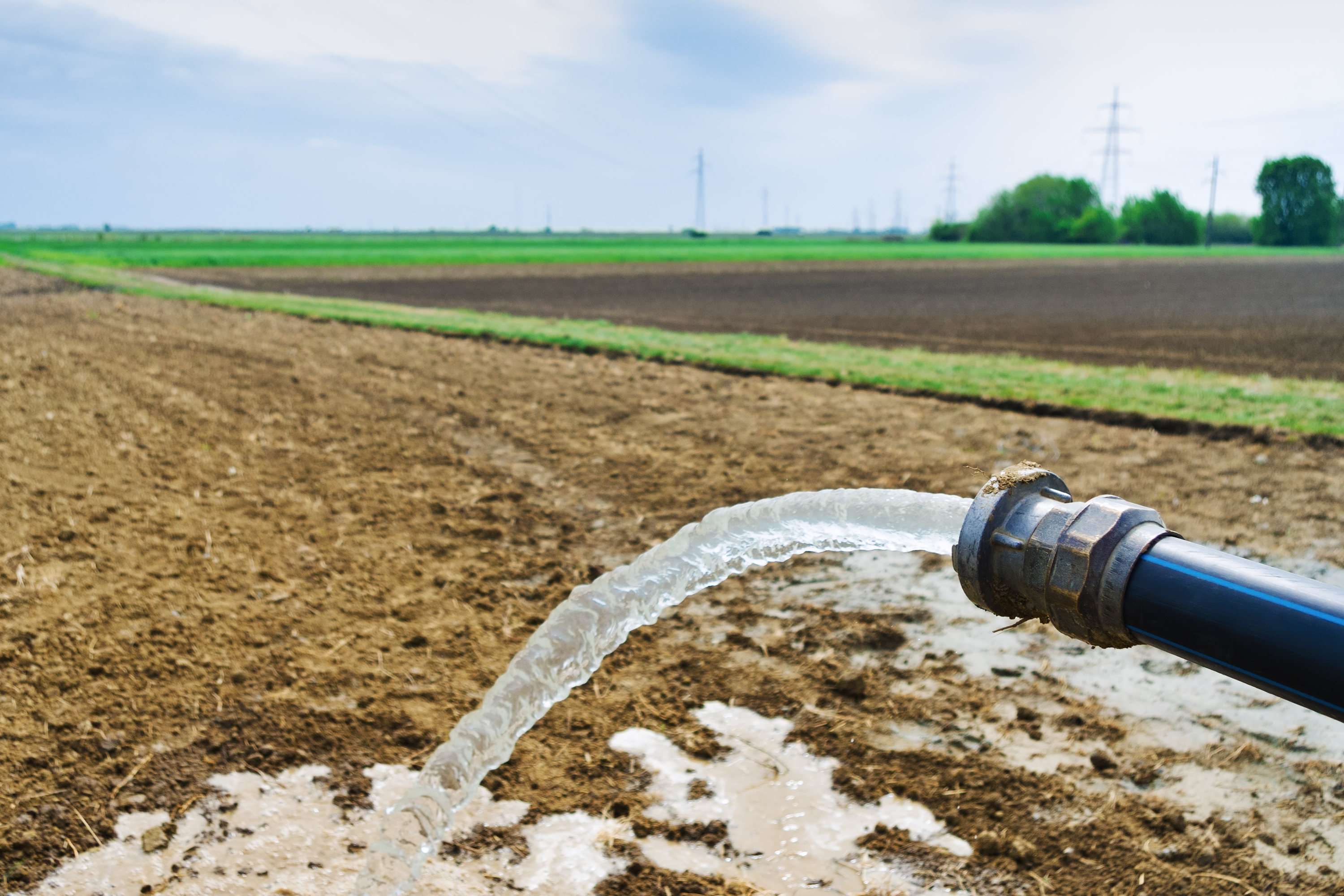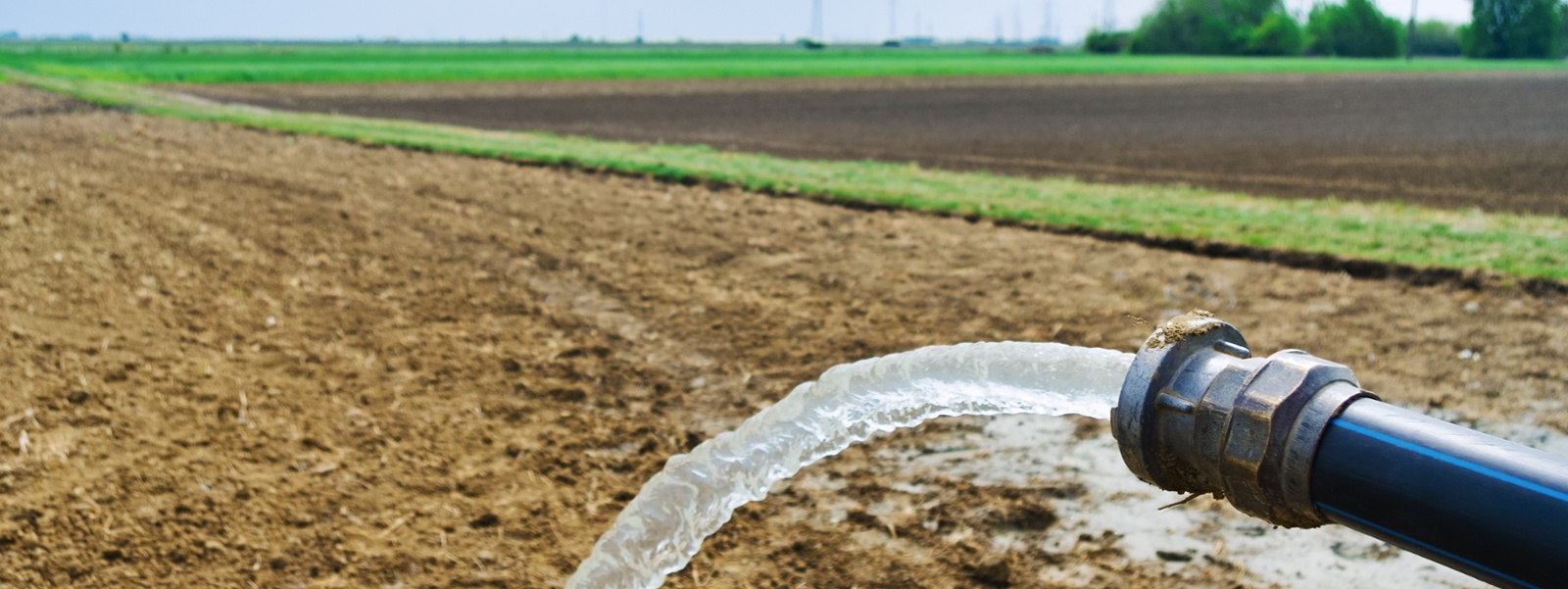State water board approves boost in rates for 2024-25


By Christine Souza
To meet budgetary shortfalls for water rights and water quality programs that require participation by farmers and ranchers, the California State Water Resources Control Board has approved rate increases, including for groundwater recharge projects.
The state water board adopted increases for the new 2024-25 fee schedule at its Sept. 18 meeting. The higher fees come as California water users and local agencies work to balance critically overdrafted aquifers under the state’s Sustainable Groundwater Management Act, or SGMA.
Alexandra Biering, senior policy advocate for the California Farm Bureau, and others representing agriculture and water districts emphasized that higher fees for groundwater recharge permits would prevent participation by some water users.
“Farm Bureau is concerned that if the fees are too high, this will be a disincentive to doing the exact sort of recharge that the temporary 180-day and five-year, high-flow diversion permits were intended to do,” said Biering, who monitored fee stakeholder meetings during the year. “We want to make sure that as you go through this process, that you are balancing the need to increase fees with increasing recharge.”
Noelle Cremers, director of environmental and regulatory affairs for the Wine Institute, which represents California wineries, responded to the proposed fee increases and their impact on groundwater recharge. She described how the proposed fees would affect her members in Anderson Valley.
“While the current fee structure would require a $6,000 fee for the project … if they apply prior to 120 days, they would need to pay nearly $41,000,” Cremers said. “If they waited to apply closer to the time when they knew the hydrologic conditions as to whether or not there’d be water available, they would need to pay over $58,000 for that permit.”
The cost increase is “a huge change,” she said, adding, “They (water users) now have to figure out where that money is going to come from to do something that the state has been asking folks to do.”
Gov. Gavin Newsom has identified groundwater recharge as key to the state strategy to expand water supplies and defend against hotter and drier conditions. The practice was put in place during recent wet years to help reduce flood risk in vulnerable communities.
“Our members have taken very seriously the charge to help increase groundwater levels and to recharge groundwater,” Cremers told the board.
“This state has a policy, which I think everyone in this room supports, and that is to try to improve and increase groundwater recharge,” she added. “Let’s have these larger discussions around how do we make sure that we incentivize that.”
The water rights fees proposed by the board would have increased fees by 1,500%. Chair E. Joaquin Esquivel and Vice Chair Dorene D’Adamo said they support a phased-in approach to avoid discouraging groundwater recharge projects. The board adopted a 50% reduction in the water rights fee increases.
In addition, to reduce staff time, the board allowed the option to apply for a five-year water diversion permit at the same cost as the 180-day permit.
Water quality fees, including those for the irrigated lands and wastewater discharge programs, were approved without changes. Wastewater discharge and irrigated lands regulatory program fees will increase by 5.3% and 5.5% respectively. Water quality fees for confined animal feeding operations will see a 5.4% increase. There are no fees for CAFOs with fewer than 50 head.
Bob Gore of the Gualco Group Inc., which represents agricultural clients including the California Association of Winegrape Growers, spoke of the hardship that fee increases pose to water users.
“Fee payers cannot devolve to the default, shrugged off funding source as the trend is going,” Gore said. “The water board and fee payers can and must collaborate to manage water and the cost of compliance, which includes these fees.”
As part of the meeting, state water board staff presented data showing a shortfall in water use reporting by water rights holders and information that reveals many reports are submitted past the deadline. Speaking about this issue, Biering said the Farm Bureau works to communicate to its members the importance of filing the reports in a timely manner.
“We can always do more to tell them this is something they need to comply with in any given year, even if they are not diverting,” she said.
Reporting is cumbersome for some diverters, Biering said, but noted that compliance should increase in 2025, when the state’s new Updating Water Rights Data, or UPWARD, water reporting platform is online.
“We heard some diverters do not report because it’s too complex for them, which begs the question, why?” Gore said. “Perhaps our collaborative efforts could simplify this.”
Gore suggested the existing fee working groups be broadened to include program and regional boards to “best achieve water goals and proper cost of compliance, including fees with transparent, frequent and meaningful mutual consultations.”
Under the California Water Code, the state water board is required to adopt a schedule of fees to recover costs incurred to operate water rights and water quality programs, and that fees are adjusted annually.
The state water board Division of Water Quality is scheduling a stakeholder meeting this fall to provide farmers and other stakeholders an opportunity to discuss impacts of fee increases.
To learn more about the water rights fee increases adopted by the state water board, go to www.waterboards.ca.gov/resources/fees/stakeholder/docs/2024/fy2425-wrfees-nper.pdf. For water quality fee increases adopted by the board, go to www.waterboards.ca.gov/resources/fees/stakeholder/docs/2024/fy2425-wqfess-nper.pdf.
(Christine Souza is an assistant editor of Ag Alert. She may be contacted at csouza@cfbf.com.)




